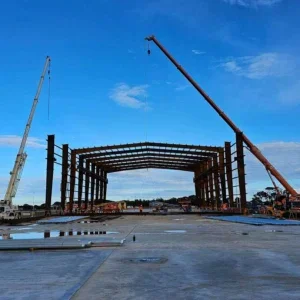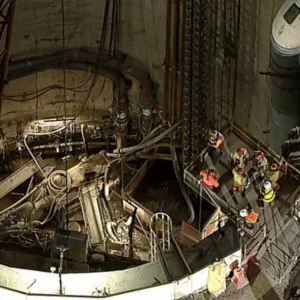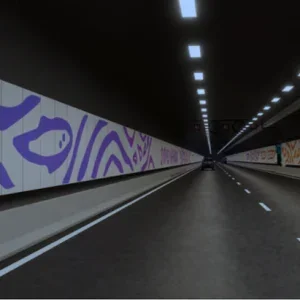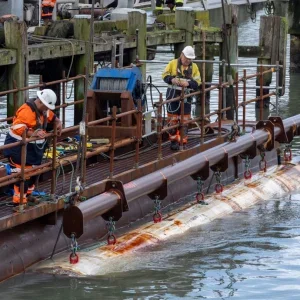Hong Kong is set to maintain its position as one of the world’s leading tunnelling markets with plans for additional rail and sewer tunnels.
The Kowloon-Canton Railway Corporation (KCRC) is set to go ahead with a US$1.2bn tunnel link after a court rejected its appeal for a rail viaduct through sensitive wetland areas.
Officially, KCRC chairman and chief executive Yeung Kai-yin said: "We will carefully study the results of the appeal and announce our decision later." But Corporation insiders said a tunnel from Sheung Shui on the existing East Rail network, across the northern top of Hong Kong to the boundary crossing with mainland China at Lok Ma Chau, is the most realistic option.
An alternative viaduct route was put forward by the KCRC at the appeal hearing, but the three judges believed this constituted a new project outside the scope of the hearing. KCRC insiders said a tunnel, rather than another viaduct, would be more likely to win environmental approval. But they said the cost would soar from US$1.02bn to US$1.2bn.
The entire route is 7.3km long and, if selected, the tunnel would run under the Long Valley, an ecological sensitive area with many endangered bird species.
The KCRC statement said it is "determined to build a second railway crossing into the mainland to relieve congestion at Lo Wu. We are now holding discussions with the Transport Bureau on the best way to take the project forward, having regard to the comments made by the appeal board."
The KCRC is set to invite consultants to bid for an assignment to carry out new feasibility studies and preliminary designs.
The KCRC has appointed Maunsell Consultants Asia to carry out a feasibility study into plans for a US$1bn port rail line that will be built mostly in tunnel between Kwai Chung container port and the East Rail line at Tai Wai.
Stephen Chik Wai-Keung, KCRC general manager capital works planning, said Maunsell beat off a challenge from four other consultancy teams – Ove Arup & Partners, Babtie BMT Harris & Sutherland, Binnie Black & Veatch and Mott Connell with Atkins China.
The study will focus on constructing a rail tunnel from Kwai Chung container port to Tai Wai where the railway would connect with the existing East Rail system.
The Maunsell investigation will assess possible tunnel alignments, project costs, customer demand and alternative procurement.
Meanwhile, the Drainage Services Department (DSD) is kicking off the next stage of tunnelling on the deep tunnel system, now called the harbour area treatment scheme.
Department officials are evaluating submissions from groups of consultants for environmental and engineering feasibility studies, part of which includes an assessment of four tunnel options put forward last November.
DSD invited 18 consultancy firms to apply for prequalification and most of these have subsequently formed into joint ventures. The companies include Atkins China, Binnie Black & Veatch, Camp Dresser & McKee International, CH2M Hill (China), Hyder Consulting, Maunsell Consultants, Meinhardt, Mott Connell, Mouchel Asia, Ove Arup, Parsons Brinckerhoff (Asia) and Scott Wilson (Hong Kong).
Insiders said a shortlist of groups would be approved at a meeting of the engineering and consultants’ selection board on September 7.
The four proposals are:







